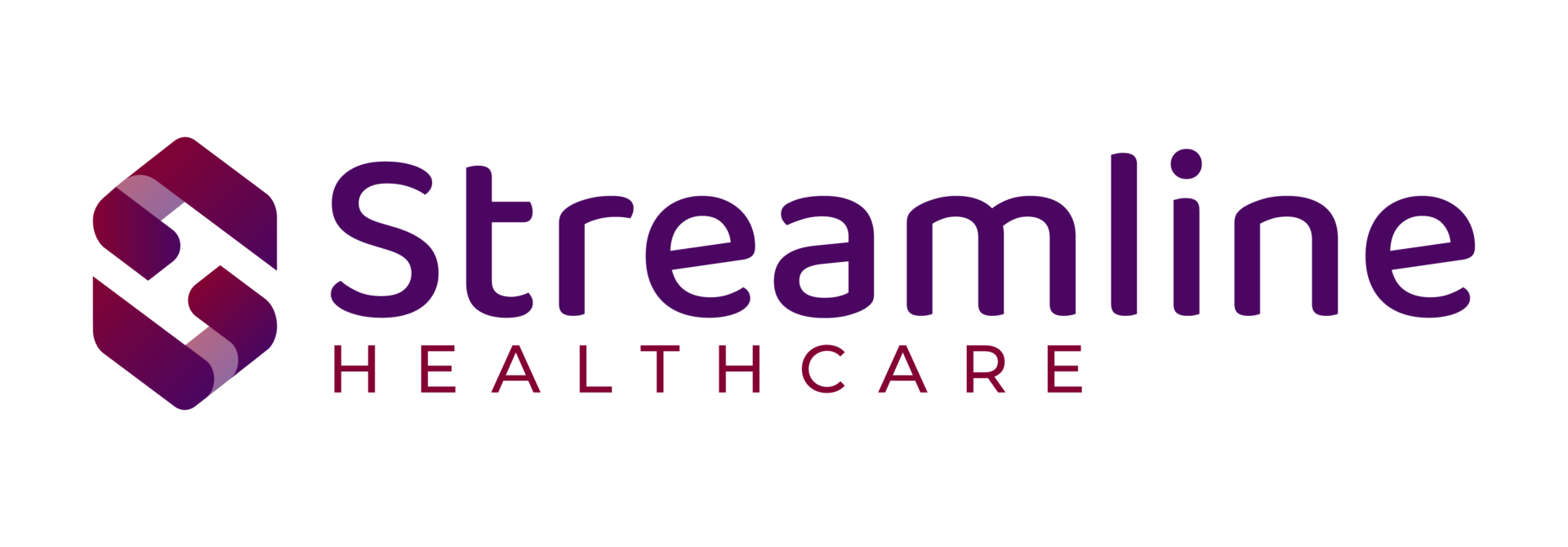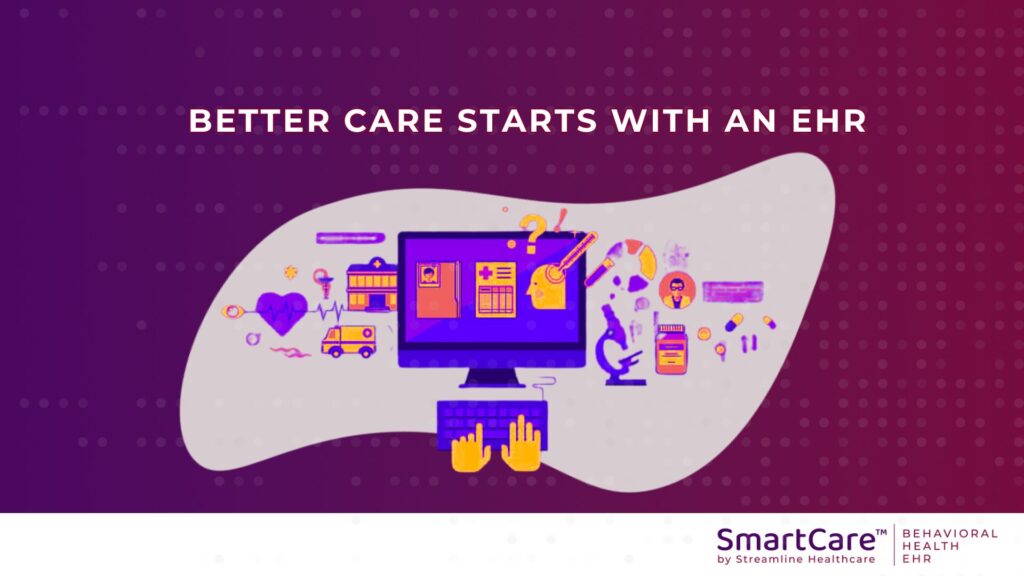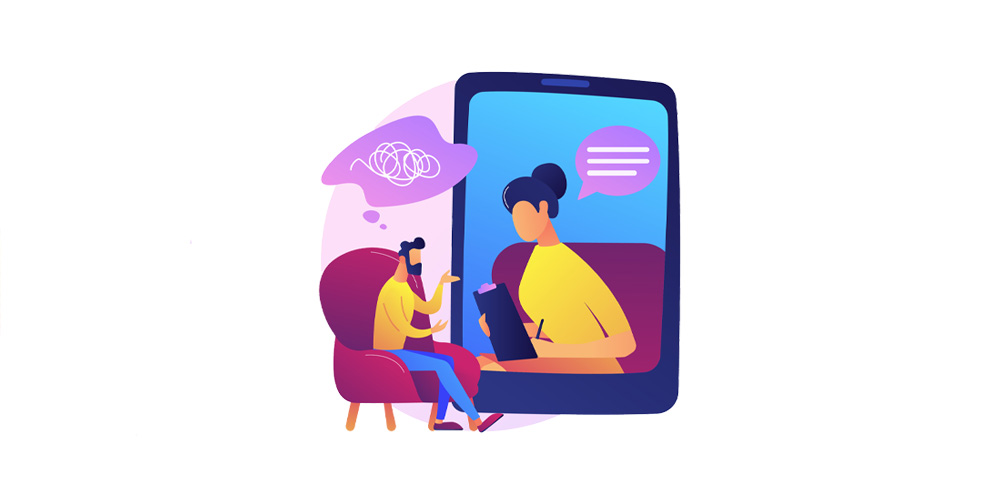“We’ve got data, so what? Wait …I mean NOW what?”
The behavioral health and human services industry has done a great job over the last 10-15 years of capturing data, getting data into the system, writing reports on that data, and even digitizing (not necessarily automating) many of the manual processes that we all have engaged in during our daily work in the care setting. What we haven’t done a good job of is improving our work; working faster; using information in the system to help the care process; and worse; using our data to drive outcomes to potentially build our agency’s business model or facilitate new billing options in the light of driving value in our community.
Why not? Why has it been so difficult to take the next step? Why haven’t we been able to utilize the technology that is afforded to us and use the tools given to provide the best care possible so we can be leaders in our care settings? It’s not our fault. How’s that for sidestepping accountability?! When I say it’s not our fault, I simply mean that there really has not been a lot of “good” choices to help organizations move to the next level. Many behavioral health and human service organizations have been handcuffed by budget, and the options of what technology could be afforded to do the minimum. Many of these care organizations also, at one time, thought of themselves as leaders in their field and made decisions about the use of technology early on. In fact, some of the larger care organizations were on board the technology train during Gen1 or the first generation EHR. So, if I’m talking about first generation EHR, we must be on second generation right now… right? Wrong. Health and human service organizations today need to be evaluating and incorporating into their treatment processes and workflows third generation EHR systems.
- First Generation: 1990s, client/server and web-enabled applications
- Second Generation: Early 2000s, first generation of web-based applications
- Third Generation: 2010 – present, applications built on the web and utilizing its full power to drive the care process.
So why the confusion? Over the last several years, long standing EHR vendors have worked very hard to stay relevant. Software providers and care organizations alike have had changing requirements created by the industry, created by the federal and state government, and created by accrediting bodies. Software facilitating this workflow has had to adapt. How it has adapted is the underlying question. There has always been a guiding principle of how the organization or software “reacts” or can “react” to these changes. Some of the larger software vendors have been successful in merging their companies, combining product offerings, adding on functionality in those acquisitions, and working with older technology to bolt together solutions. These types of successes allow behavioral health and human service organizations to react to changes in their care settings and governmental requirements to meet minimum standards. The mantra has been “document your work”, “if it’s not in the system, it didn’t happen”, or “if you don’t get your progress notes done or your treatment plan signed, we can’t bill it”. While these sayings are valid comments, they still just compartmentalize our work into administrative versus clinical functions. Frankly, it also misses the point. Yes, of course, we have to get information in the system, but not only for the sake of documenting it. Software vendors have said to care organizations over the years that you should get all of your information into the health record, “that way, you can write a report to find out the information you want” or “provide that report to state agencies or to do billing”. What about doing our work better? Faster? In a more integrated way? Why can’t we have one platform to do our work? “I want to work with our clients, not spend all day doing work in the health record”. “Why can’t our health record be a tool for me to do better things?” “What good is having all of this data if it doesn’t help me do my job or help me do it easier?”
Now, what do we do with the data?
Today, care organizations must consider the use of third generation electronic health records. These are systems that are built on web technology for speed, integration and simplicity. These are NOT enabled systems that are interfaced together. These are NOT early 2000s systems that the software vendor has put a new user interface on (ie. Lipstick and our oinking friend). Third generation systems are built on open architecture that is flexible and drives the care process. These will be the systems of 2018 and beyond.
Typical legacy applications (First image) have many different code bases and are connected via many different bidirectional interfaces.

VS

True Platform – Third generation Electronic Health Records (Second image) include all core functionality within one application
Clearly, architecture and technology is key in this discussion. It is also part and parcel to the growing environment that behavioral health and human service organizations find challenging. In order for a software solution to truly become a tool for users to do their work faster and easier, the electronic health record data must incorporate these five things:
Be current: Your data must be available right now. You should not have to wait to get reports. The information needs to be immediately accessible. Dashboards and other visual representations of usable data are great ways to use data now. Connections with outside providers or systems as well as HIE’s must be live. Real-time labs, being able to write prescriptions in the same system, and having authorizations managed under one platform drives data currency, speed and quality while you work with your client.
Be relevant: Your data should be specific to you, your client, and your location. The system should be open and flexible allowing for multiple scenarios and requirements and options. But, it also has to be specific and make sense to your user’s work. Cookie cutter systems that create a state-based set up, does not help your organization deliver individualized care in your care setting. All the information you touch should be driven back to you because of ; your role in the organization; the location where services are being provided; your client’s insurance; your client’s history and/or current treatment planning needs provided by your organization or other community providers.
Be mobile: You and your staff are not always working at a desk. In fact, most of us are not at a desk most of the time. Further, our ability to provide care in the community or in the home is not only more cost effective, but also drives better outcomes through lower levels of care. But let’s face it, not all areas have an Internet connection, much less WiFi. You need to be able to access your clients health record and complete work inside of the health record; not only “on-the-go”, but also in a disconnected setting. You’re a flexible worker, you need a system that is flexible with you.
Be smart: Entering information is NOT enough anymore. The data that you are providing the system should mean something. Whether it is screen formats that validate information for billing or assessments that calculate scores and treatment modalities or levels of care, you should be able to make decisions and create results from your health record data. System rules and alerts and flags also go a long way in guiding care workers in certain workflows to not only ensure a process is maintained, but to guide and drive quality. System intelligence can also be demonstrated in your ability to change the way the system behaves based on the information that is entered. Your data can, and should, drive your processes internally everyday and help your staff make timely decisions both clinically and financially.
Be easy: Your EHR should now help you reduce steps, eliminate waste, and help you do your work faster. Our care process, treatment process, billing environments and managed care worlds are complex, it does NOT mean that your EHR should be hard or difficult to use. An EHR should not be a chore; rather it should be a tool to facilitate care, communication, outcomes and financial reimbursement. A tool that your staff like to use, not dread using.
Our care community has had a long and winding history. The use of electronic records has been a relatively short part of that history, but it has also experienced great change and advancement. Behavioral health and human service organizations owe it to themselves to take a deeper look at the way in which their organization operates and uses data, how they are using their electronic health record and overall, how they would like to deliver care and drive outcomes in the future.

Kristian Holmberg
Senior Regional Manager
Kristian Holmberg works as a Regional leader for Streamline and has over 25 years of Health and Human Service experience. Kristian brings with him an exceptional clinical career, having worked as a Limited License Psychologist, Licensed Professional Counselor as well as other Clinical leadership roles. Kristian’s experience in Community Mental Health, Inpatient Substance Abuse Treatment as well as Residential Traumatic Brain Injury Rehabilitation, all have given him an intense focus on the client, a drive for continuous and ongoing organizational improvement and a consultative mindset to understand the issues and challenges facing Health and Human Services today. Prior to coming to Streamline, Kristian held leadership roles with some of the Health and Human Service community’s largest Software and Content vendors.
Kristian holds a Bachelor’s degree in Psychology and Business from Eastern Michigan University and a Master’s degree in Counseling Psychology from the University of Detroit Mercy. Kristian lives with his wife in Michigan and is proud father of 4, of varying ages, all in College or High School. In his spare time, Kristian enjoys spending time with his family, college and professional sports of almost every season, as well as reading for ongoing self-improvement and enjoyment.





